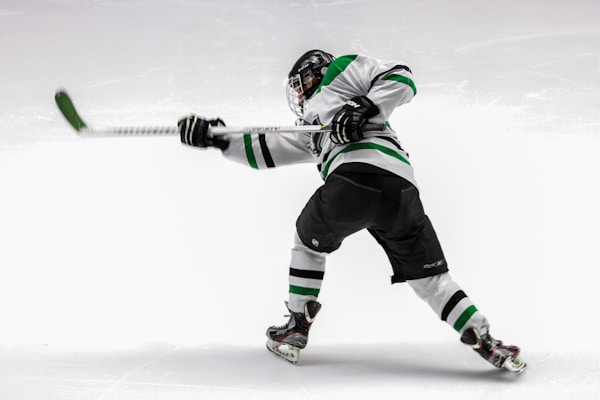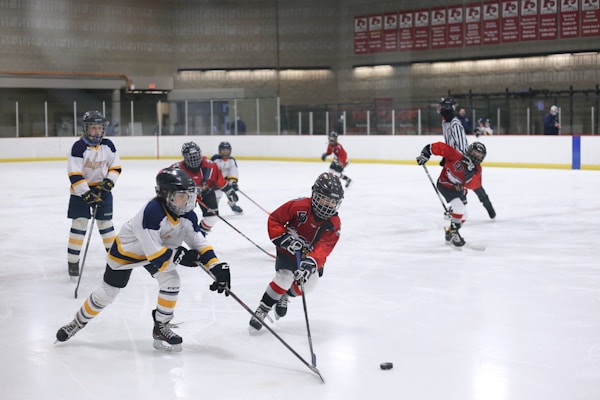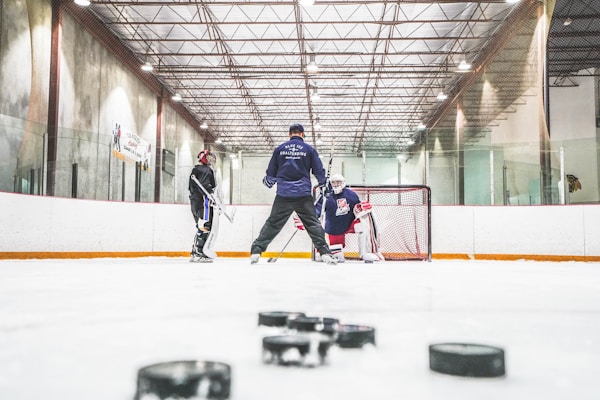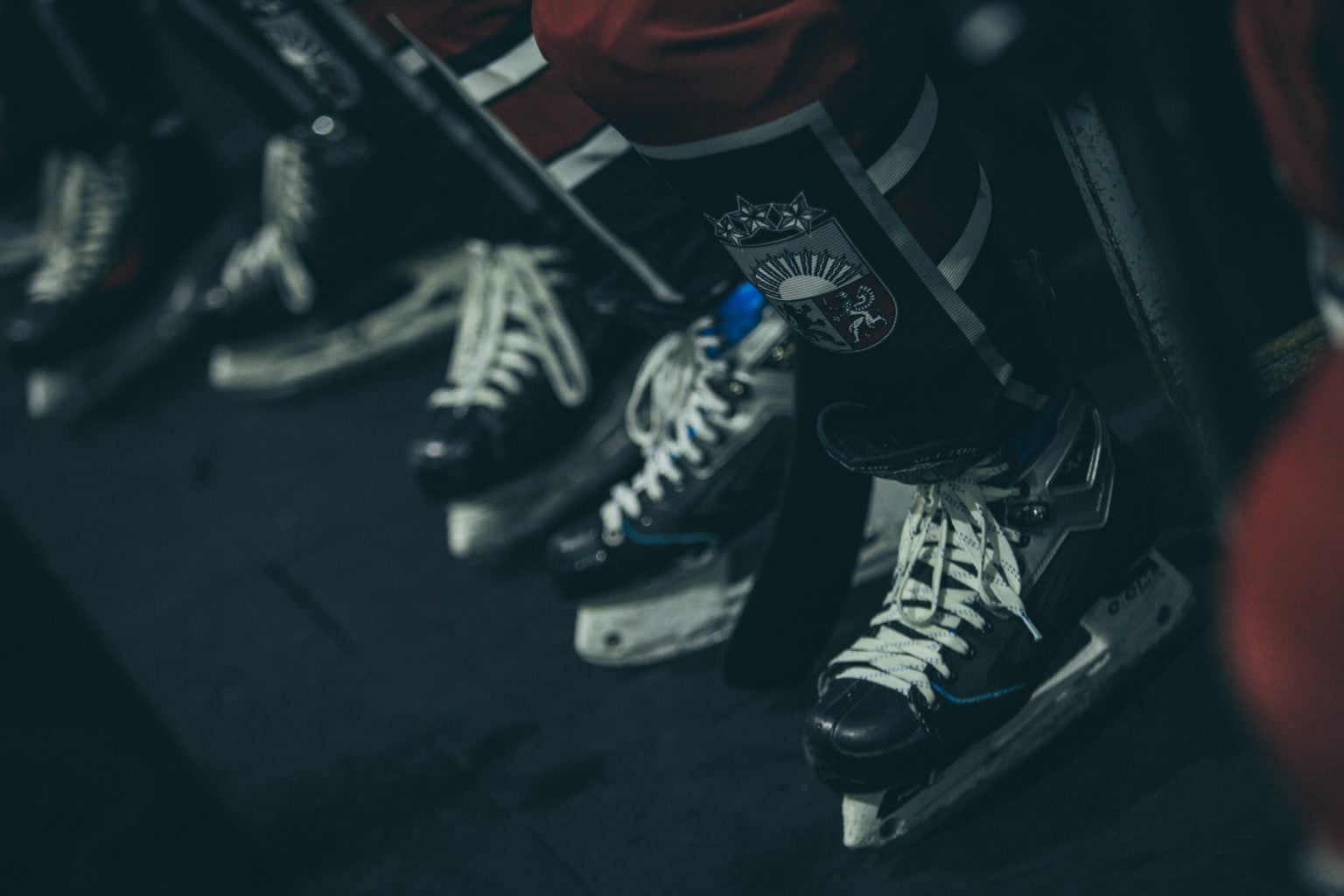Hockey is a beloved sport by many, and while seasoned professionals like Jacob Panetta may find the rules of the game easy to keep track of, they can be confusing for newcomers. Keep reading if you want to know the rules of hockey.
Object of the Game

The object of the game is to score more goals than the opposing team. A goal is scored when the puck enters the opponent’s goal net. The puck may be propelled by a player’s stick but cannot be carried or thrown into the net.
In order to score goals, players must first skate with the puck toward the net and then attempt to shoot it past the goalie. The goaltender tries to stop shots by using pads to block them or by catching them with their glove. Players can also pass the puck between themselves in order to move it downfield and set up a better scoring opportunity.
Positions

There are six players on the ice from each team: three forwards, two defensemen, and one goaltender. The forward positions are center, left wing, and right wing. Centers are responsible for taking faceoffs, making plays in the offensive zone, and setting up teammates. Left wings are typically the most offensively minded players on the team and are responsible for scoring goals. Right wings are responsible for creating scoring chances and shutting down the opposition’s top players.
A defenseman, also known as a defense player, defender, or blue liner, specializes in preventing the opposing team from scoring. They are typically large and strong skaters who are able to cover a lot of ice. Defensemen are often called upon to block shots and to clear the puck from their own zone. The defensemen also protect their goaltender and usually play behind the forwards.
The goaltender, also known as a goalie, netminder, or goalkeeper, stands in front of the net and tries to stop shots by either catching them or deflecting them away from the net with their stick. The goaltender position is often considered to be the most important position on the ice, as a team’s success often rests on the shoulders of its goaltender. In professional hockey, the starting goaltender is usually the player who plays the majority of the games.
A goaltender typically stands in the middle of the ice in the “crease” and may move laterally along the crease to block shots. The goaltender is one of the most heavily protected players on the ice and typically wears special goaltender gloves and pants, which are designed to protect the goaltender’s hands and thighs from shots. In addition, the goaltender typically wears a goaltender mask, a chest protector, a spine protector, and a pelvic protector.
Playing Area

The playing area of ice hockey is divided into three zones: the defending zone, the neutral zone, and the attacking zone. The defending zone is closest to the team’s net and includes the area in front of the net and around the goaltender. The neutral zone is in the middle of the rink and extends from one blue line to another. The attacking zone is behind the neutral zone and includes the area in front of the opponent’s net. Players can only enter or exit these zones via specific areas called “lines.”
Penalties

There are a variety of hockey penalties that can be called by the officials during a game. Some of the most common include interference, holding, tripping, and slashing. These infractions can result in a player being sent to the penalty box for a designated amount of time. In addition, the team that was penalized can also be subjected to a number of different penalties, such as being forced to play with fewer players on the ice.
Overall, the rules of hockey help to ensure that the game is played fairly and safely, prevent players from injuring themselves or each other, and make sure that the game is enjoyable for everyone involved.






